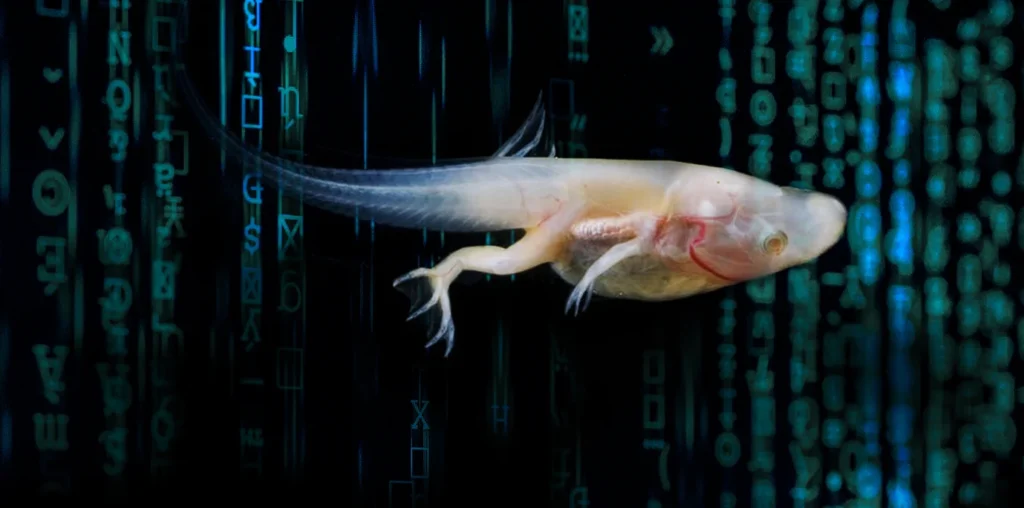Scientists have created “xenobots,” microscopic living machines made from frog cells. These tiny organisms, less than a millimeter wide, blend biology and technology in a new way. They are designed by algorithms and assembled from the cells of the African clawed frog, *Xenopus laevis*.
Xenobots move independently and can perform simple tasks. Researchers believe they could transform medicine and environmental science. In the medical field, xenobots might deliver drugs directly to specific areas in the body. They could navigate through bodily fluids to target diseased cells or help in tissue repair.
Environmental applications are promising as well. Xenobots could collect microplastics from oceans, helping to clean polluted waters. Their biodegradable nature means they would not leave harmful residues behind. Scientists also consider using them to neutralize radioactive waste, reducing environmental hazards.
These self-healing living machines offer a new platform for scientific research. They help scientists understand how cells work together and organize themselves. This knowledge could advance regenerative medicine and tissue engineering, leading to breakthroughs in healing damaged organs.
However, xenobots raise important ethical questions. Some people worry about creating new life forms and the consequences of altering natural organisms. The use of embryonic stem cells in their development adds to the debate. Concerns arise about their moral status and whether they should have any rights.
Safety is another significant issue. There is a risk that xenobots could malfunction or behave in unexpected ways. If released into natural environments, they might disrupt ecosystems. Scientists must consider the long-term effects and establish controls to prevent unintended consequences.
Xenobots: The Dawn of Living Machines and the Ethical Frontier of Bioengineering
Regulating xenobots presents challenges because they do not fit into existing categories of organisms or machines. New guidelines are needed to oversee their development and use. International cooperation may be necessary to address these regulatory gaps.
Currently, xenobots have limitations. They survive for only a few weeks and can perform only simple tasks. Continuous production is required for ongoing use. Improving their longevity and capabilities is a focus of future research.


Xenobots represent a significant step in bioengineering. They hold the potential to revolutionize medicine and environmental cleanup. Yet, it is crucial to approach their development with caution. Addressing ethical, safety, and regulatory concerns is essential as we explore their possibilities.
These tiny living machines open new doors in science but also remind us of the responsibilities that come with innovation. Balancing progress with careful consideration will determine how xenobots shape our future.

